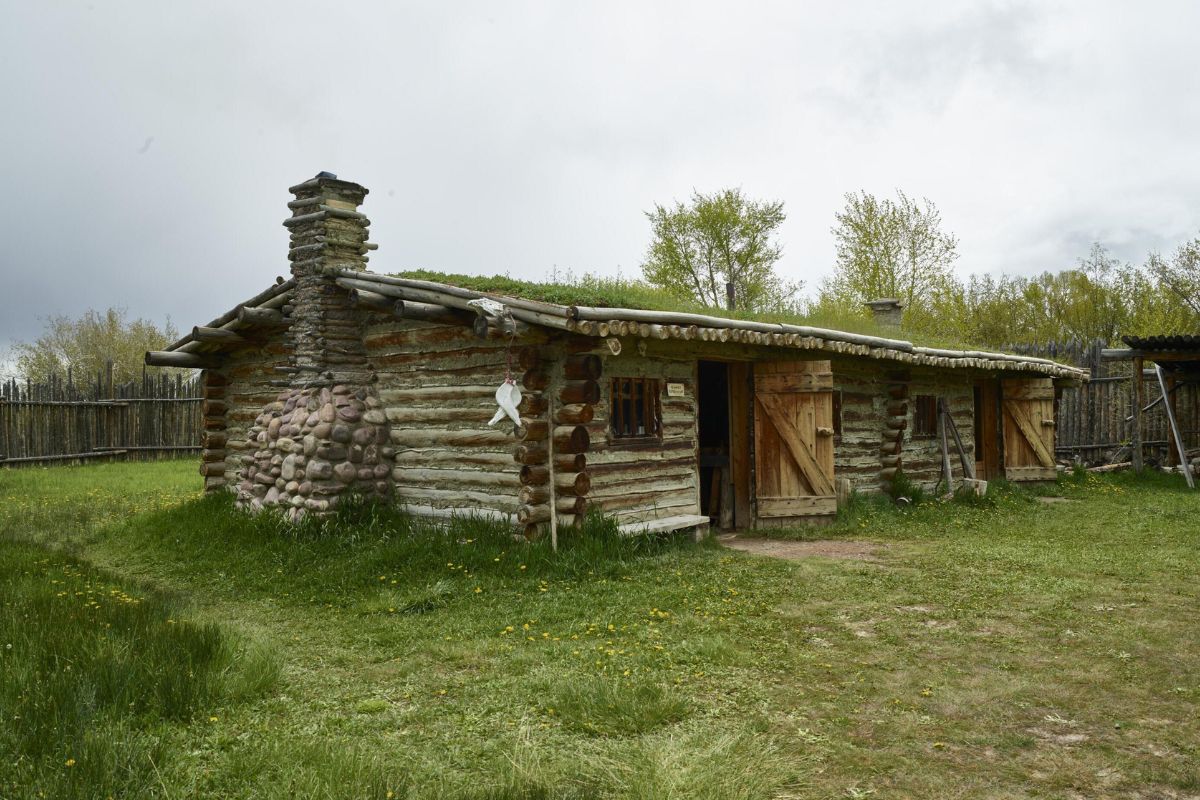Lost Trading Posts Of Wyoming’s Fort Bridger

Have you ever wondered about the lost trading posts of Wyoming's Fort Bridger? This historic site, nestled in the rugged landscape of the American West, holds stories of adventure, trade, and survival. Established in 1843 by Jim Bridger and Louis Vasquez, Fort Bridger became a bustling hub for trappers, traders, and travelers. It was a place where cultures met, goods exchanged hands, and tales of the frontier were shared. Over time, the fort evolved, witnessing the westward expansion and the challenges that came with it. Today, remnants of these trading posts whisper stories of the past, inviting visitors to step back in time. Whether you're a history buff or just curious about the Old West, Fort Bridger offers a glimpse into a world where pioneers and Native Americans once crossed paths. Ready to learn more about this fascinating chapter of American history?
The Historical Significance of Fort Bridger
Fort Bridger, nestled in the rugged landscapes of Wyoming, holds a rich tapestry of history. Established in 1843 by Jim Bridger and Louis Vasquez, this fort became a vital trading post and supply stop for pioneers on the Oregon Trail. Its strategic location made it a bustling hub of activity, where traders, trappers, and travelers converged. Let's journey through some of the lost trading posts that once thrived in this historic region.
1. Fort Supply
Fort Supply was established in 1853 by the Church of Jesus Christ of Latter-day Saints. It served as a supply station for Mormon pioneers heading west. Located near Fort Bridger, it played a crucial role in providing essential goods and services to travelers. Although it was abandoned in 1857, its remnants still whisper tales of the past.
2. Fort Laramie
Fort Laramie, originally a private fur trading post, became a military fort in 1849. Situated along the Oregon Trail, it was a key stop for emigrants and traders. The fort witnessed numerous treaties with Native American tribes and served as a vital communication link. Today, it stands as a testament to the complex interactions between cultures during westward expansion.
3. Fort Hall
Fort Hall, established in 1834 by Nathaniel Wyeth, was a significant trading post on the Snake River. It became a crucial resupply point for travelers on the Oregon Trail. The fort's strategic location made it a bustling center for trade and commerce. Though it eventually fell into disrepair, its legacy endures in the stories of those who passed through its gates.
4. Fort Bonneville
Fort Bonneville, also known as Fort Nonsense, was built in 1832 by Captain Benjamin Bonneville. Located near present-day Pinedale, Wyoming, it was intended as a fur trading post. However, due to its remote location and lack of resources, it was abandoned after just one season. Despite its short-lived existence, it remains a fascinating chapter in the history of Wyoming's trading posts.
5. Fort St. Vrain
Fort St. Vrain, established in 1837 by Ceran St. Vrain, was a prominent trading post along the South Platte River. It served as a vital link between the Santa Fe Trail and the Oregon Trail. The fort facilitated trade between Native American tribes, trappers, and settlers. Though it no longer stands, its influence on the region's trade networks is still remembered.
6. Fort Bridger's Role in the Fur Trade
Fort Bridger played a pivotal role in the fur trade industry. As a trading post, it attracted trappers and traders from far and wide. The fort's location near the Green River made it an ideal spot for exchanging furs and goods. This bustling trade hub contributed significantly to the economic development of the region during the 19th century.
7. Fort Bridger's Decline and Legacy
Despite its initial success, Fort Bridger faced challenges that led to its decline. The construction of the transcontinental railroad in the late 1860s shifted trade routes, reducing the fort's importance. However, its legacy endures through preserved structures and artifacts that offer a glimpse into the past. Fort Bridger remains a symbol of the resilience and adaptability of those who once called it home.
Rediscovering Fort Bridger's Legacy
Fort Bridger's trading posts hold a rich history that paints a vivid picture of the American West. This site was more than just a stop for pioneers; it was a bustling hub where cultures met and exchanged goods and stories. The fort's strategic location made it a key player in the westward expansion, serving as a lifeline for travelers on the Oregon Trail. Today, the remnants of these trading posts offer a glimpse into the past, inviting visitors to imagine the vibrant exchanges that once took place. Exploring Fort Bridger allows us to appreciate the resilience and ingenuity of those who lived and traded there. As you walk through its grounds, you can almost hear the echoes of the past, reminding us of the fort's enduring legacy. Whether you're a history buff or just curious, Fort Bridger is a must-visit for anyone interested in America's frontier history.

